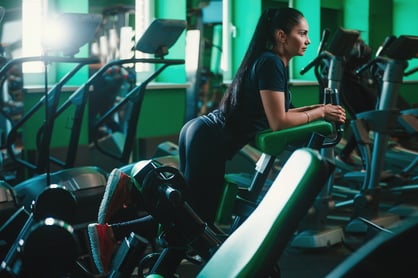 What is the most feared and most skipped gym day of the week? Nearly every person despises it, and few survive it. Yes, you guessed it. I am referring to the infamous “leg day.” However, even if you can endure training your legs, how beneficial is it if you aren’t training your hamstrings correctly, efficiently, and according to their full potential?
What is the most feared and most skipped gym day of the week? Nearly every person despises it, and few survive it. Yes, you guessed it. I am referring to the infamous “leg day.” However, even if you can endure training your legs, how beneficial is it if you aren’t training your hamstrings correctly, efficiently, and according to their full potential?
The hamstring is a large group of muscles (the biceps femoris, semitendinosus, and semimembranosus) located on the posterior side of the upper leg. They have two main responsibilities: flexion at the knee (pulling the ankle toward the glutes) and extension at the hips (pulling the ankle back toward the glute while maintaining a stiff leg). Therefore, the hamstring’s main goal is to balance out the action of the large quad muscles on the front side of the leg, assisting the knee in stability.
In his blog Five Biggest Mistakes in Hamstring Development, the late Dr. Charles Poliquin, a remarkable pioneer in the field of fitness and bodybuilding, put into perspective just how important the hamstring muscles are. He recollects, “When I was a kid, hamstrings were called in bodybuilding magazines ‘leg biceps.’”
Don’t Neglect Posterior Leg Development
A standard leg day, as one could imagine, might include the leg press, back squat, leg extension, leg curl, and perhaps a lunge variation. If that’s the case, there is simply not enough emphasis on posterior leg development. We naturally experience quad dominance simply because we are human and the majority of our daily movement requires being in a squat or quad-dominant position. This includes daily functions such as sitting and standing up out of a chair or car. The issues arise when the quadriceps overpower the action of the hamstrings throughout a certain range of motion or movement pattern. This can often happen when walking or running, but it occurs mostly when it comes time to execute cutting, jumping, and landing mechanics.
Simply put, athletes across most major sports have below-average hamstring development. This goes for every individual on the planet as well. It becomes a rather large issue and argument for some injuries that these athletes typically encounter.
Common Mistakes in Exercises for Hamstring Strength
If you are looking to improve hamstring strength, there are several exercises you could add to your workout program. However, I’m here to tell you that there are also a few common mistakes that could be holding you back from reaching your full potential.
- Wrong timing: The first mistake is that you are most likely waiting to train the hamstring until the end of your leg workout. Ultimately, you should program hamstring-specific exercises.
- Incomplete range of motion: Secondly, it is quite possible that you might not be completing the full range of motion when targeting this muscle group.
- Not enough time under tension: The final common mistake is that when performing the movement pattern, you are not spending enough time under tension for that muscle to respond and grow. So a tip would be to use a tempo count where you control down and explode up each rep.
Do Those Leg Curls!
If you’ve learned anything from the last five minutes of reading this article, I hope it is the importance of training the posterior chain, especially the hamstring. Not only is it aesthetically appealing, but the with strong hamstrings, functionality and safety of young athletes should be at an all-time high. So jump in and do those leg curls!
This blog was written by Cara Hartman, Health Fitness Instructor. To find out more about the NIFS bloggers, click here.


 How many times have you had every intention of heading to the gym either before or after work, only to be deterred by nagging back pain? Maybe you woke up feeling stiff and sore, or maybe you had a long day at work and had a flare-up of pain. Either way, you’re far less motivated to be active when in pain, which quickly turns into a slippery slope. Pain is often a signal that something is not right, and your body will likely encourage behaviors that relieve your pain or prevent it from worsening. If your pain increases with movement, the likelihood of you working out becomes very low. The less you move, the better you feel, and voila, your back pain “magically” goes away!
How many times have you had every intention of heading to the gym either before or after work, only to be deterred by nagging back pain? Maybe you woke up feeling stiff and sore, or maybe you had a long day at work and had a flare-up of pain. Either way, you’re far less motivated to be active when in pain, which quickly turns into a slippery slope. Pain is often a signal that something is not right, and your body will likely encourage behaviors that relieve your pain or prevent it from worsening. If your pain increases with movement, the likelihood of you working out becomes very low. The less you move, the better you feel, and voila, your back pain “magically” goes away!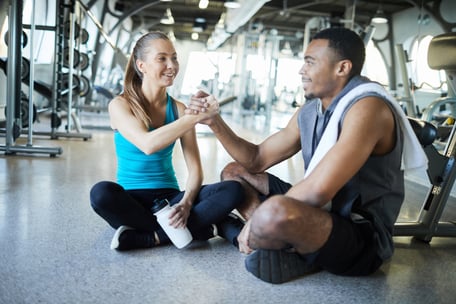 So often in life people like to look at things as win or lose. But what if you switched your perspective to thinking of making progress by winning each day? With this simple shift, your days can be filled with more positivity and success instead of the typical mindset of losing or not being good enough.
So often in life people like to look at things as win or lose. But what if you switched your perspective to thinking of making progress by winning each day? With this simple shift, your days can be filled with more positivity and success instead of the typical mindset of losing or not being good enough.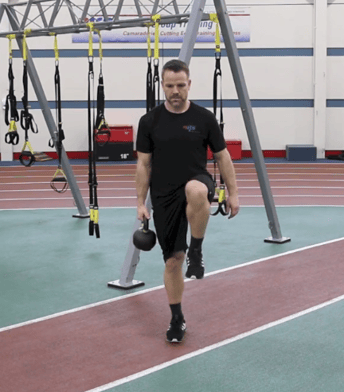 Humans have the ability to become and remain stable throughout any movement, from walking, to lunges, to power cleans. Increased stability typically correlates with increased performance.
Humans have the ability to become and remain stable throughout any movement, from walking, to lunges, to power cleans. Increased stability typically correlates with increased performance.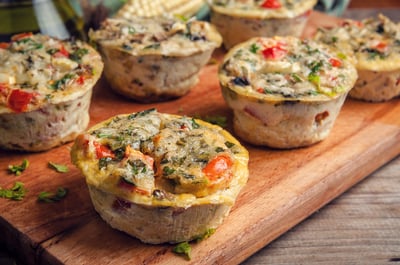
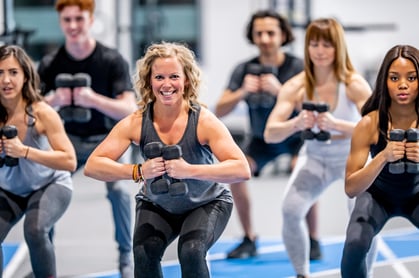 How do you define fitness? Whatever your answer is, it will shape the way you work out, influence the goals you set, and impact your long-term health. Although everyone might have different perceptions of what “fitness” means, the American College of Sports Medicine has defined what
How do you define fitness? Whatever your answer is, it will shape the way you work out, influence the goals you set, and impact your long-term health. Although everyone might have different perceptions of what “fitness” means, the American College of Sports Medicine has defined what 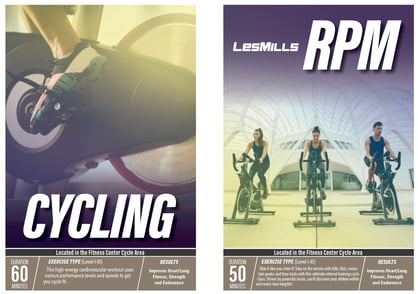 Cycling is becoming one of the most popular trends in group fitness. Not only is it a great class to take for the cardio benefits and calorie burn, cycling is a great resistance-based workout that can also increase strength. Many cycling classes are tracked in two ways, by
Cycling is becoming one of the most popular trends in group fitness. Not only is it a great class to take for the cardio benefits and calorie burn, cycling is a great resistance-based workout that can also increase strength. Many cycling classes are tracked in two ways, by 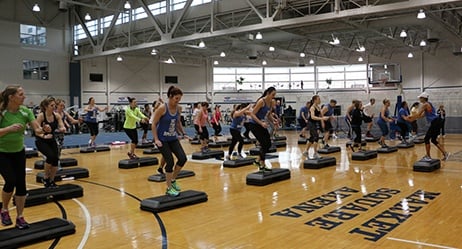 Whether you are 18 or 80, man or woman, looking to lose weight or simply maintain,
Whether you are 18 or 80, man or woman, looking to lose weight or simply maintain, 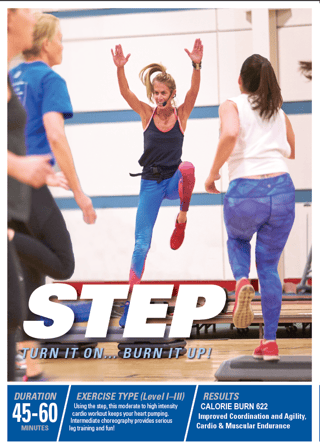
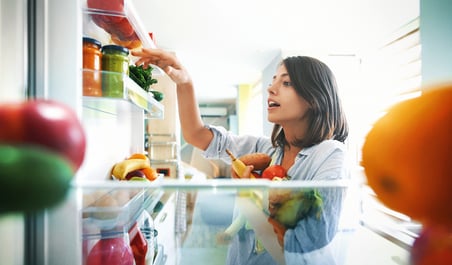 Every March, the American Academy of Nutrition and Dietetics celebrates
Every March, the American Academy of Nutrition and Dietetics celebrates  I was recently chatting with my brother Tim about work stuff in a conversation filled with multiple shop-talk topics. You see, he is an assistant chief of a pretty large fire department, and we share common goals and challenges when it comes to managing a crew. Needless to say, our conversations can get quite lively and the ideas are always abundant.
I was recently chatting with my brother Tim about work stuff in a conversation filled with multiple shop-talk topics. You see, he is an assistant chief of a pretty large fire department, and we share common goals and challenges when it comes to managing a crew. Needless to say, our conversations can get quite lively and the ideas are always abundant.